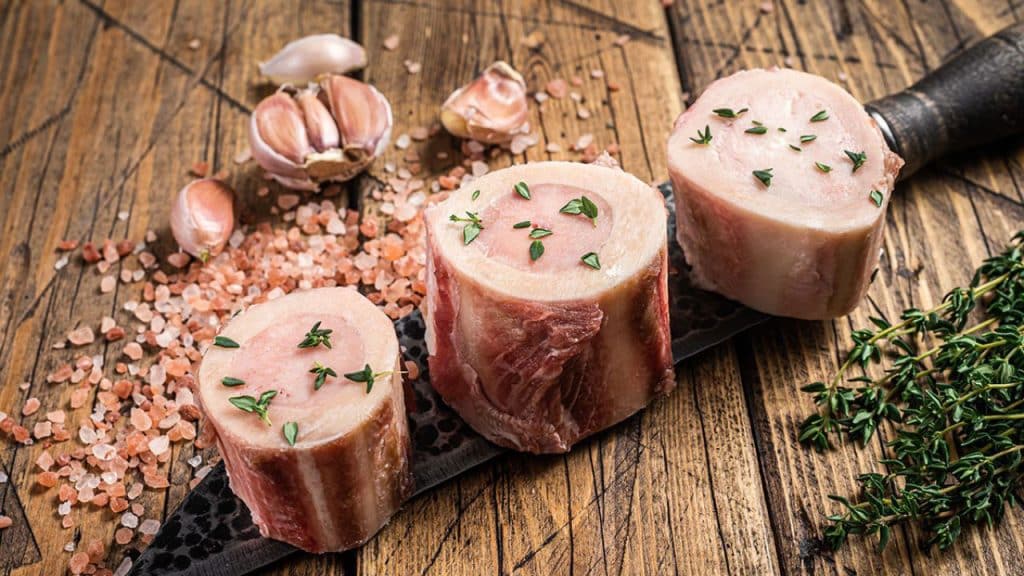You might not have eaten much bone marrow if you’re not a frequenter of the fancier fine dining restaurants. It’s generally thought of as a gourmet ingredient, despite history showing it’s been used in many cultures and contexts. Let’s explore this poorly understood delicacy (https://longevity.technology/lifestyle/bone-marrow-food-benefits-nutrition-sources-preparation/).
If you don’t know about bone marrow in its culinary role, you may be familiar with it from biology lessons. It’s found inside bones, its tissue softer and spongier than the rigid exterior. We use bone marrow primarily for blood cell production, and it also has a role to play in storing fat (and therefore energy). This blood and fat, dense in nutrients, is part of what makes bone marrow an attractive ingredient.
Fat can be demonized a lot in cooking, but a more nuanced perspective acknowledges that some fats are better than others. The fat in bone marrow is mostly monounsaturated, which is the best type for your heart, with lower polyunsaturated and saturated fat levels.
Other nutrients in bone marrow include protein, though not as much as in most meat. Vitamins A and K2 are present, as are the minerals iron, zinc, boron and selenium. There’s even collagen, which is essential for joint and skin health.
The other reason bone marrow is so popular as a food is pretty simple. It tastes good. As we know, fat can add a lot of flavor to a meal even when it’s not the healthiest part. For example, we cook things in butter. Bone marrow has been described as the “butter of the gods”. It tastes umami, or savory, with a rich and powerful flavor profile that combines sweetness and nuttiness. This combines with a unique texture that’s creamy, smooth and almost like jelly, for a melt-in-your-mouth experience.
Some simple seasonings, like a pinch of salt, grind of black pepper or splash of acidity (maybe lemon juice or vinegar) can be used to enhance the flavor. Roast it, spread it on toast, pair it with a salad, or add it to soups and stews. The taste also depends on the marrow source. Beef tends to be heartier than veal, which is a little more delicate. Pork, lamb, venison and other game all have slightly different marrow compositions.
Marrow is a tasty ingredient that’s healthier and easier to prepare than people think. That’s why its popularity endures in so many cultures.




